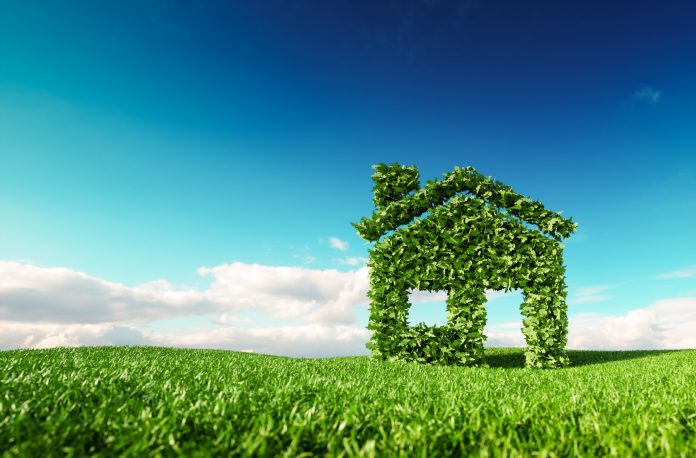Within the next 20 years, it is estimated that as a planet, we will reach our peak capacity for oil consumption. As global production of all oil decreases, demand continues to increase, and this is no different when it comes to the construction industry
The construction sector and industries throughout the western world depend upon cheap crude oil for use within their manufacturing processes and the machines they use to implement these processes. What is striking is that within the UK, construction accounts for 50% of all carbon emissions produced by machinery and production.
However, the industry as a whole is starting to change and recognise the problems of pollution and the long-term threats it poses to our planet. The UK government is beginning to pass legislation that stipulates construction firms should use green practices within their production process, for example, the buildings they produce should incorporate energy-efficient technologies. Furthermore, in the US last year, eco-friendly construction firms saw estimated revenues reach $245bn.
Environmentally friendly construction techniques
When building a proposed structure, three things are considered if the design and implementation of that design is to be ecologically beneficial.
Firstly, are the materials locally sourced and are they renewed, or have the opportunity to be recycled?
Second, is the energy being used to build the structure being wasted? For example, machines can be overused during the construction process and this leads to expendable energy being wasted. Nifty Lift cherry pickers are designed with hybrid motor technologies that ensure no expendable energy is wasted on a construction site. When the electric engine is engaged, 0% emissions are produced if the ‘electric only’ option is on, and it can also run alongside the diesel engine so that the diesel engine is never overworked.
Finally, once the structure is constructed, is energy being wasted that is generated within it?
During the construction of roofing, recycled paper can be used as insulation. This will function as a cheaper and practical alternative to the production of insulation materials that are being used specifically for the creation of that roof. As well as this, any timber that is used can be sourced locally from sustainably managed forests – or reclaimed wood can be used instead of chopping down a tree that will be used within construction.
Examples of ecological structures and design
Here are some of the many ways the construction industry is incorporating energy-efficient and eco-friendly technologies into their structures:
- Solar energy panels – These panels can be used either for generating electricity within the building, or can be used domestically to power boilers and generate hot water within a property.
- Drainage systems and water filtration – These systems can be designed so that water within a building is re-used, and biological waste is treated with safely which can then be recycled. Furthermore, drains can be manufactured so that they lead to gardens. This is in order to collect rainwater for plants, rather than wastefully using water from a tap.
- Low-energy lighting – Typically, low-energy lighting can account for a 100% energy saving, as they last twice as long as regular bulbs.
The benefits of eco-friendly construction and buildings
Operation and maintenance costs can account for 80% of a building’s total running costs over its lifetime. By using green energy initiatives, the operating costs of a building can be diminished by a third when it comes to water and energy.
When the building is constructed, daylight can be considered within its design in order to minimise artificial lighting costs. In addition to this, vitamin D from sunlight can improve the ‘indoor environment quality’ of a building, benefitting the health of all of the occupants within the structure.
During the construction process, green building manufacturers can also benefit the environment by using recyclable and long-lasting materials; overall, this means that fewer materials need to be used within the structure, which results in a cost saving and less energy being used (in the form of crude oils) to produce the building from machinery.
Ultimately, these processes help reduce the pace of climate change, which is always the end goal of any construction process that aims to become greener, more economically efficient and ergonomically conceptualised. By using fewer processes that pollute the environment, and more processes that work in tandem with the environment, environmentally friendly construction helps to keep the environment clean.
Sources:
http://www.sustainablebuild.co.uk/ecofriendlyconstructionmethodsmaterials.html
http://www.nationwideconstruction.us/eco-friendly-construction-8-advantages-of-green-building/
http://www.inc.com/best-industries/issie-lapowsky/green-construction.html
http://www.sustainablebuild.co.uk/ecofriendlyconstruction.html
http://www.innovationsforthebuiltenvironment.co.uk/
http://www.livingbeyondgreen.com/development-construction/














